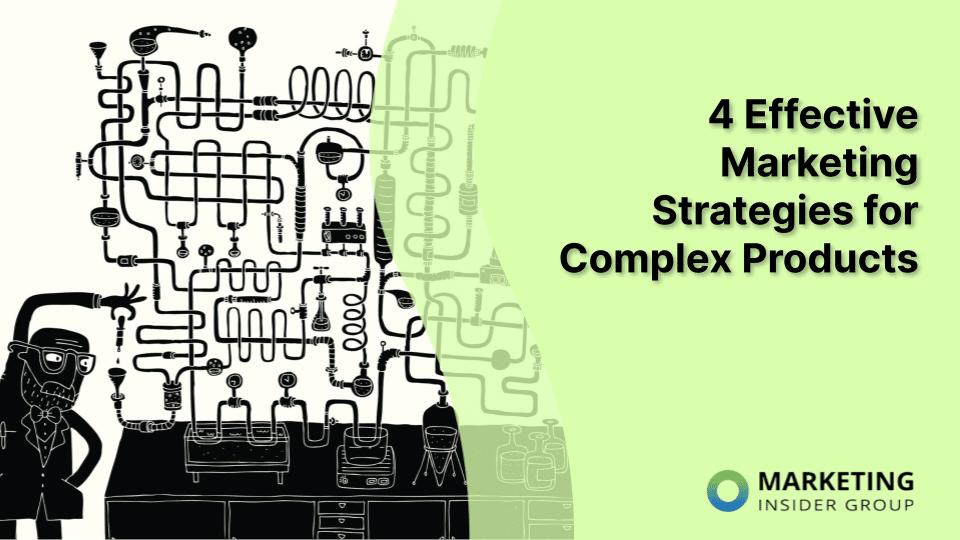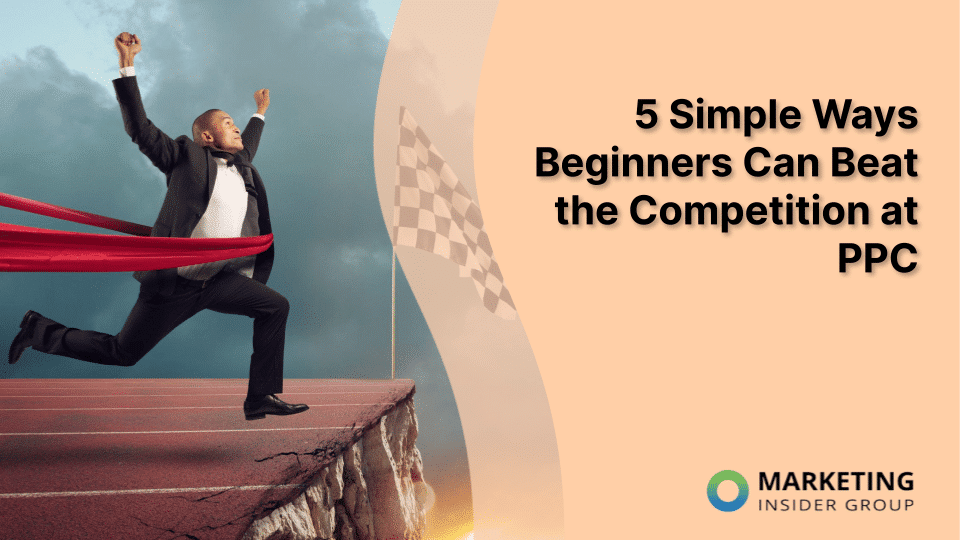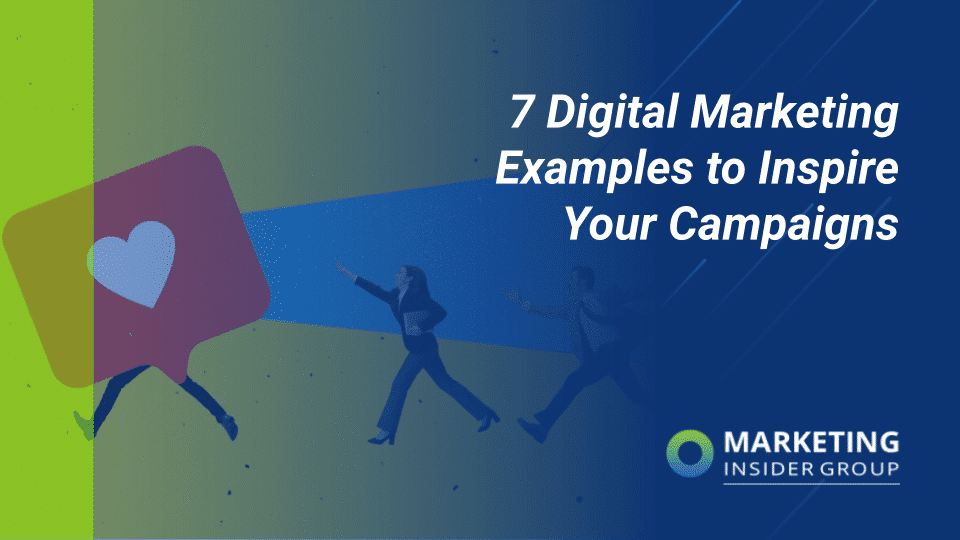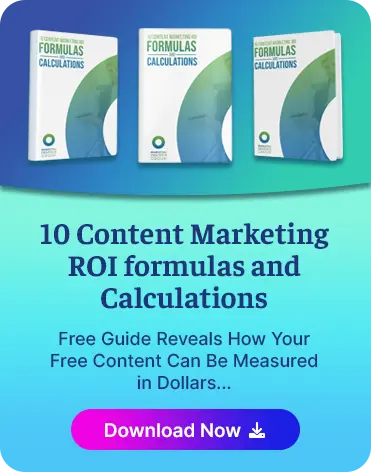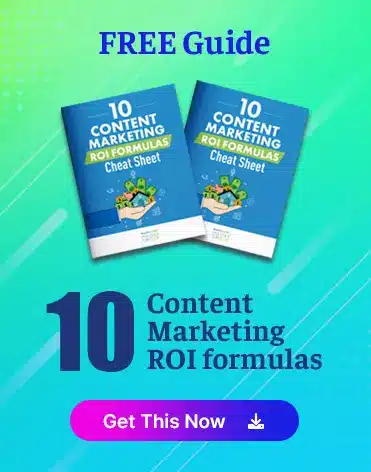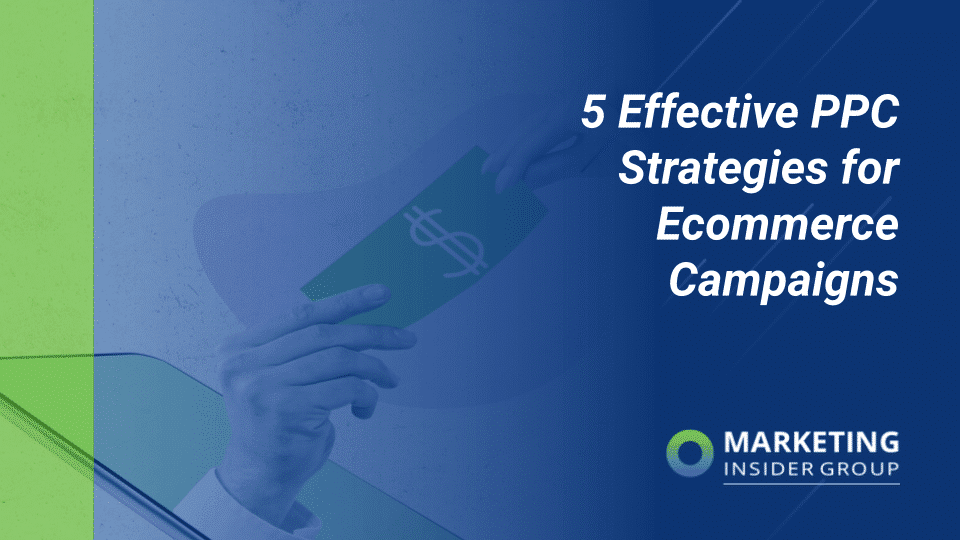
5 Effective PPC Strategies for Ecommerce Campaigns
A 2022 PYMNTS analysis found that Amazon and Walmart together take about 50% of the total U.S. ecommerce market. Amazon is by far the most dominant player, accounting for about 45% of all U.S. digital retail sales. Walmart accounts for 5%. Other big names, like Wayfair (1.5%) play a major role in U.S. ecommerce as well.
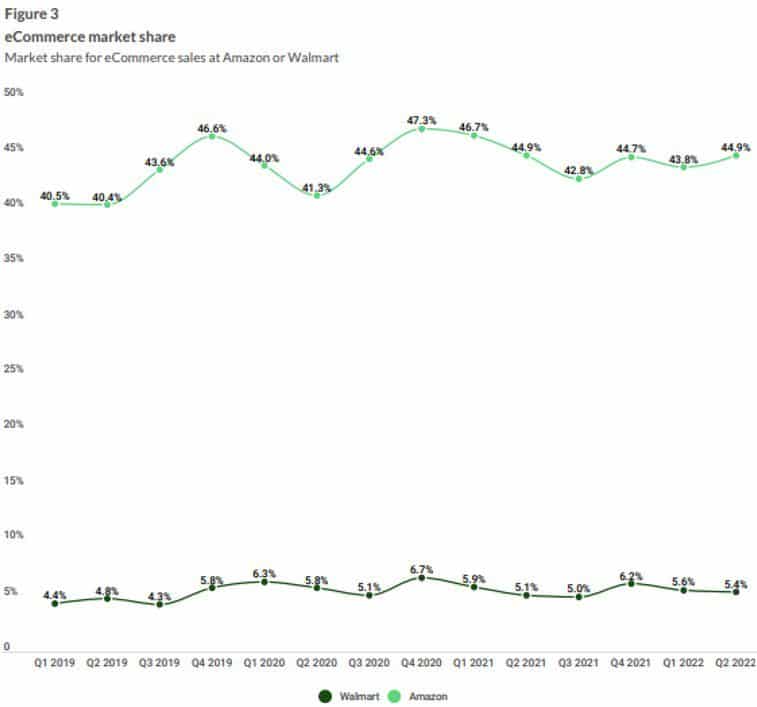
Image source: PYMNTS
As an independent ecommerce business, you spend a lot of time thinking about how to remain relevant in an industry dominated by these behemoths. You’re also eyeing your own product niche, ever vigilant for direct competitors with stronger brands and sharper marketing.
Don’t Go All-in on Amazon
Some ecommerce businesses adapt to this difficult landscape by going all-in on Amazon’s seller ecosystem, essentially becoming captive to North America’s largest digital retailer.
This might seem like a safe bet, but competition among Amazon sellers is even more cutthroat than competition for organic and paid search traffic outside it. Amazon’s internal algorithms are even more opaque than Google’s. And sellers using Fulfillment by Amazon logistics services sacrifice nearly half the revenue from each sale.
The safer play — though it’s not easy by any stretch of the imagination — is to improve your strategies for attracting and converting prospects outside the Amazon ecosystem.
Even if you do use Amazon as a sales channel, it’s probably not your only one (or even the most important). Rather than doubling down on Amazon, you need to develop an all-of-the-above approach to ecommerce marketing that covers your entire digital sales footprint. And that begins with sharp, flexible PPC strategies.
Effective PPC Strategies for Ecommerce Campaigns
Use these five PPC strategies to improve your ecommerce assets’ visibility, drive prospects to those assets, and boost conversions over time.
1. Be Smarter About Campaign Budget Allocation
The typical SME spends $9,000 to $10,000 per month on PPC campaigns, or $108,000 to $120,000 per year. Smaller ecommerce businesses might spend less in absolute terms, but their PPC intensity is likely higher since they rely heavily on targeted searches to drive traffic to product listings.
In their guide to maximizing PPC ROI, PPC automation platform Optmyzr argues for third-party budget allocation tools that help advertisers manage planned campaign spend. Optmyzr’s Optimize Budgets tool does this by allocating and reallocating budgets based on campaign goals and developing accurate performance projections based on proposed campaign budget changes.
Once your campaign is in progress, use a third-party app (or, less optimally, a spreadsheet-based system) to evaluate spend daily. Additionally, set up real-time alerts to monitor for rare but potentially devastating cost spirals, and take action immediately when they come through. You’ll need a third-party app for this as well, but it’s a small price to pay to stay within budget.
2. Segment Product Keywords by Intent, Brandedness, and Query Efficiency
In this context, “branded” means associated with a specific label or manufacturer and “unbranded” or “non branded” means associated only with a brand-neutral product type.
“Query efficiency” is a high-level measure of search intent. Efficient queries (regardless of brandedness) are descriptive and specific, suggesting a more advanced stage of the buyer’s journey. Inefficient queries are generic or even open-ended, suggesting the prospect is still gathering information and is not ready to convert. They’re sometimes called “catch-all” queries.
Follow this general segmentation hierarchy:
- Low spend and low priority for catch-all terms
- High spend and medium priority for branded terms
- Medium spend and high priority for unbranded terms
The main reason not to specify high priority for branded terms (which have the highest intent and thus the highest potential ROI) is budget control. Since Google allocates high-priority terms first, setting these as medium priority avoids bidding wars with better-capitalized sellers.
3. Specify Negative Keywords to Reduce Wasted Spend
This cardinal rule of PPC campaigns is all too often ignored amid the rush to get ads live. This is a costly oversight.
To avoid it, review the specs for every product or listing you plan to add to your campaign and compile a comprehensive list of negative terms that you’d like to exclude from your search bids. Be thorough, even if it takes longer than you’d like. For example, for a crew neck short-sleeve T-shirt, exclude not only “V-neck” and “low cut” but also “long-sleeve” and “dress shirt,” among other superficially similar terms that you don’t want to be confused with.
4. Sync Up Your PPC and Organic Content Marketing Campaigns
Why should PPC ecommerce marketers consider content organic marketing at all?
Because organic content’s potential remains too big to ignore, even for ecommerce businesses rightly focused on driving high-intent traffic to specific product listings or category pages. A Marketing Insider Group report finds that organic SEO content generates eight times the traffic of paid media and organic social media combined.
One obvious move here is to improve your product listings. Make them more descriptive, more appealing without being overly salesy, and (most importantly) more focused on the high-intent longtail keywords your prospects are searching for. Google Keyword Planner can help here despite its declining overall usefulness.
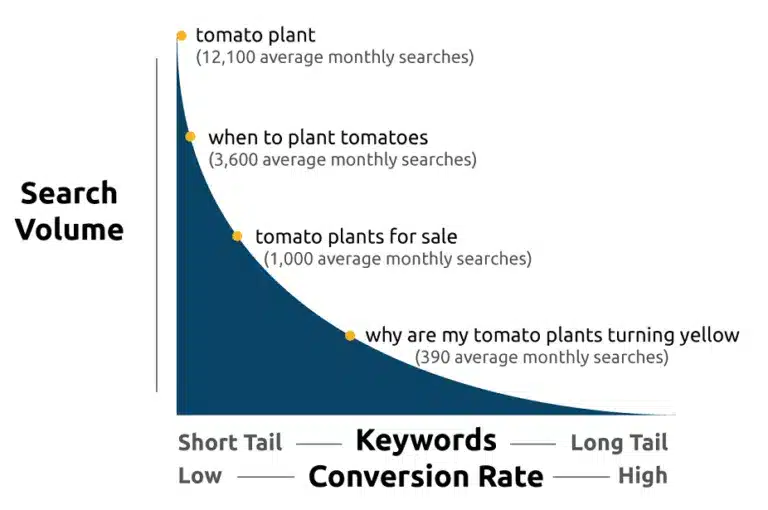
High-quality off-listing content offers a more indirect boost to your PPC ROI, but one that could drive even greater benefits in the long term.
Specifically, focus on developing detailed product, category, and decision guides that build your credibility with prospects — and, crucially, with Google and Bing. Use recent campaign performance and sales data alongside general keyword and traffic data to get ideas, prioritize topics, and develop content outlines. Run lower-priority PPC campaigns to juice traffic to these assets, but don’t allow them to take too much budget share, as their target audiences are generally low-to-medium intent.
5. Keep Your CTAs Short and Direct
High-intent buyers don’t need much convincing, and PPC ad space is limited. So your PPC ad copy should contain only the most relevant, decision-driven information about the product. Present this information clearly and logically so that buyers can read it, absorb it, and factor it into their decision-making processes before they’ve scrolled past it.
In other words, let the product do the talking. A wordy or overly creative call to action is beside the point; “Buy Now” and variations thereof will suffice in most scenarios.
PPC Will Be Relevant for the Foreseeable Future
PPC is one of the oldest ecommerce marketing vectors. Amid all the disruption in ecommerce and digital marketing more generally, it’s seen by many savvy marketers as past its prime.
While understandable, this take misreads the current state of PPC and the roles it’s likely to play in marketing moving forward. Despite important innovations like Google’s featured snippets, increasingly crowded organic SERPs are less useful for today’s e-commerce prospects. Those prospects also happen to be more accustomed to navigating digital commerce than they were 10 or 15 years ago. They’re more sophisticated consumers overall.
Effective PPC content solves the SERP degradation issue and curates relevant, high-quality solutions for savvy users.
Depending on how Bing (and perhaps Google) integrate AI into their search interfaces, there’s a medium-term time horizon where this may become less important for ecommerce advertisers. But for now, PPC is your best bet for breaking through the noise. If you don’t use it to its full potential, your competitors certainly will.

